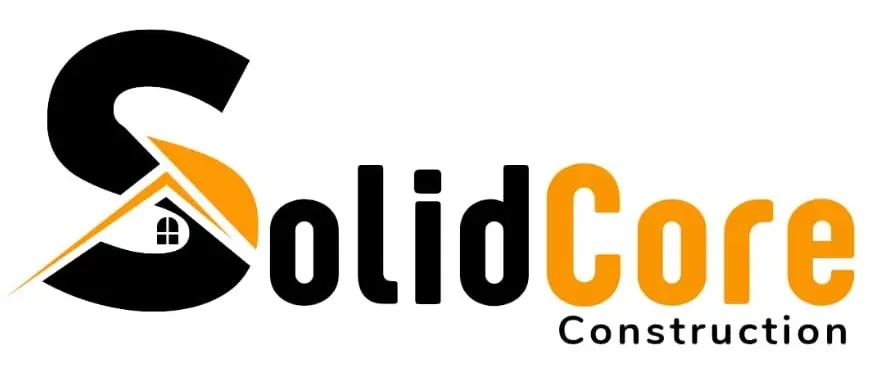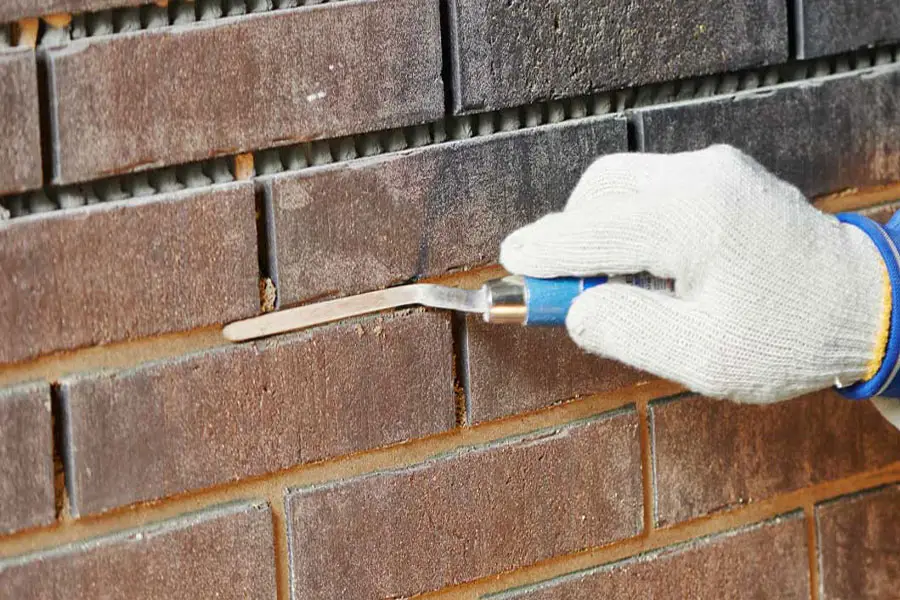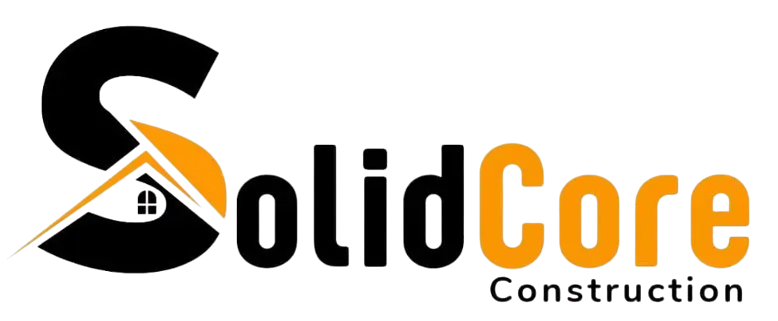When it comes to the longevity and aesthetics of your brick structure, tuck-pointing and grouting are essential services that every homeowner and property manager should know about. These masonry techniques ensure your building remains durable, safe, and visually appealing. But what exactly do they involve, and why should you consider them for your property? Let’s break down the basics of tuck-pointing and grouting, their benefits, and when you should schedule these services.
Table of Contents
ToggleWhat is Tuck-Pointing?
Tuck-pointing is a specialized technique used in masonry to repair or restore the mortar joints between bricks. Over time, the mortar can deteriorate due to weather conditions, age, and wear. Tuck-pointing involves removing the old, damaged mortar and replacing it with fresh mortar to maintain the structural integrity of the brickwork.
Why is Tuck-Pointing Important?
Prevents Water Damage: When mortar deteriorates, it allows water to seep into the wall, causing further damage like mold, mildew, and even structural instability. Tuck-pointing seals these gaps, protecting your building from moisture.
Enhances Aesthetic Appeal: If you’re dealing with unsightly mortar joints, tuck-pointing can restore the smooth, clean look of your brick structure, bringing back its original charm.
Increases Property Value: A well-maintained exterior can boost the curb appeal of your property, which in turn can increase its market value.
What is Grouting?
Grouting is another essential masonry service that involves filling in the gaps between bricks or stones with a special type of mortar or cement. This process is not only functional but also enhances the visual appeal of brickwork by filling gaps and adding strength to the structure.
The Role of Grouting in Brickwork:
Strengthens the Structure: Grouting helps distribute the load evenly across the brick structure, providing added support, especially in older buildings.
Seals Cracks and Gaps: Over time, small cracks can form in brickwork. Grouting fills these voids, ensuring that moisture doesn’t penetrate and weaken the foundation.
Improves Aesthetic Appeal: Just like tuck-pointing, grouting helps maintain the smooth, uniform appearance of your brickwork, preventing any unsightly gaps from appearing.
Tuck-Pointing vs. Grouting: What’s the Difference?
Although tuck-pointing and grouting both involve working with mortar, they serve slightly different purposes:
Tuck-Pointing: Primarily focuses on repairing and replacing deteriorated mortar joints.
Grouting: Involves filling in gaps or cracks in the masonry to increase stability and prevent water penetration.
While both services complement each other, a professional mason will determine the best approach based on the condition of your brickwork.
When Should You Schedule Tuck-Pointing and Grouting?
Regular maintenance of your brickwork can save you time and money in the long run. Here are a few signs that it may be time to schedule tuck-pointing or grouting:
Cracks or Gaps in Mortar: If you notice cracks or gaps in the mortar, it’s a sign that tuck-pointing may be required.
Discoloration or Fading: If your brickwork looks worn or faded, grouting may be the solution to restore its look.
Water Damage: If you’ve experienced moisture problems or water damage inside your home, it’s crucial to address the external brickwork immediately with tuck-pointing or grouting.
Conclusion:
Tuck-pointing and grouting are critical services that not only preserve the structural integrity of your building but also enhance its aesthetic appeal. Regular maintenance can protect your investment and increase your property’s value. If you’re noticing signs of wear in your brickwork, don’t wait! Reach out to a trusted masonry professional to restore and protect your home or commercial property with tuck-pointing and grouting services today.
Interested in getting your brickwork professionally restored? Contact Solid Core Construction for expert tuck-pointing and grouting services that will ensure your property’s longevity and beauty.
















